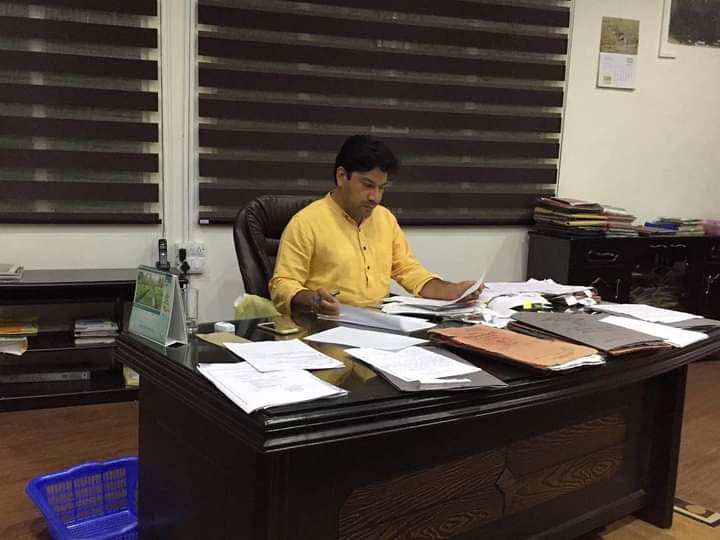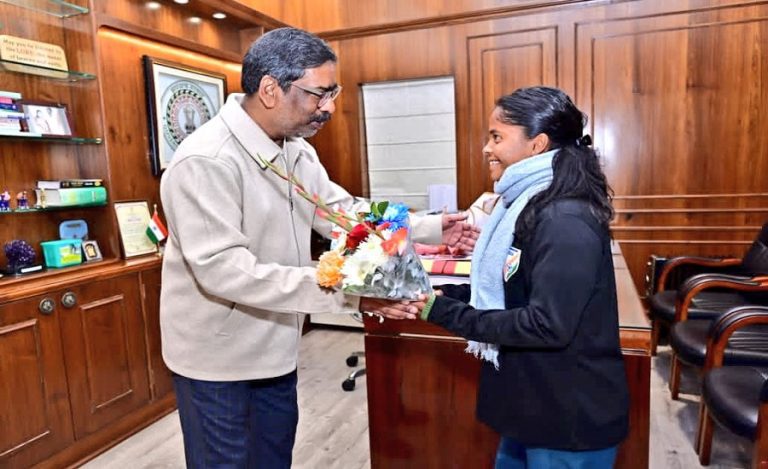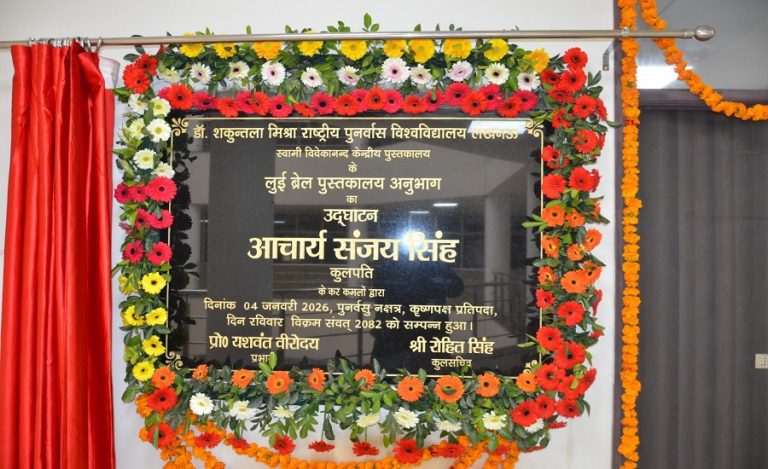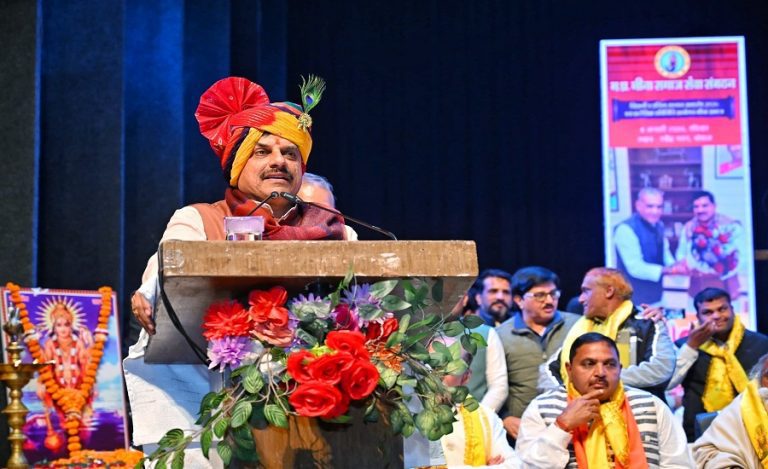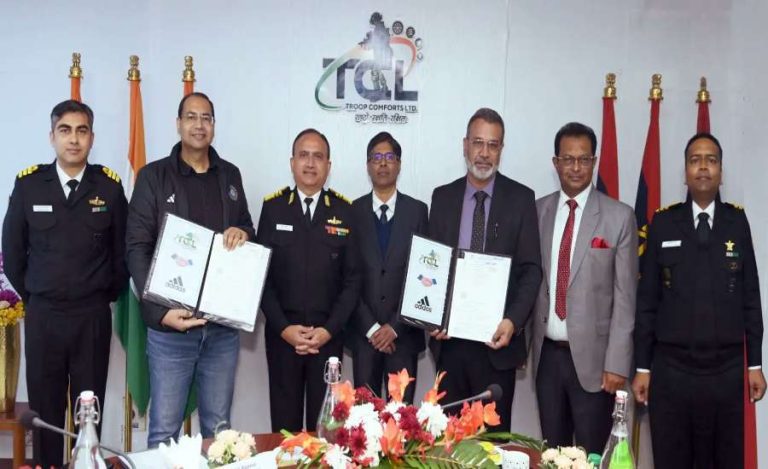Poaching and illegal trade of wild animals have been the biggest bane for the forest department. The market for wildlife has grown exponentially over the years and smugglers have been finding ways and means to beat the enforcement agencies. A major handicap of various agencies is their inability to properly identify a lot of species thus delaying the action and allowing accused traders to get away the dragnet either on the spot or in the court.
The issue was taken up seriously by Uttarakhand cadre IFS officer of 2008 batch Dr. Saket Badola who ultimately resolved it successfully. Currently posted as Head of TRAFFIC India Programme, WWF (World Wide Fund for Nature), India, New Delhi Dr. Badola along with his team has developed identification tools for tortoise & turtles, Seashells or marine molluscs (animal with soft body covered under hard shells) and owl.
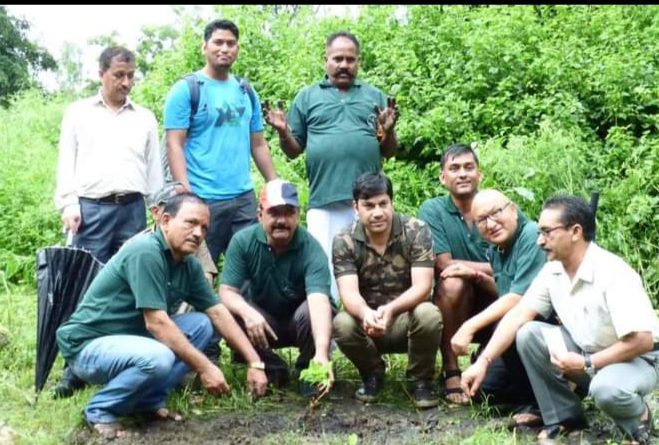
In a conversation with Indian masterminds, the officer talked about how the tool has helped in contolling the illegal trade of wild life.
NEED OF IDENTIFICATION
The illegal trade of wildlife is handled not by just the forest department but also by police, various border security and enforcement forces like BSF, ITBP, SSB, CISF. They also seize lot of animals being trafficked.
India has rich biodiversity. Each animal has number of species. For example, they are 36 species of Owl in which 16 are commonly traded. Similar is the case with parrots, tortoise and seashells.
Some of these species are protected under the Wild Life Protection Act, 1972 while some are not. If the agency slips in the correct identification, they might end up releasing the animal or if they seize it anyway, their case becomes weak and the accused are released by the court.
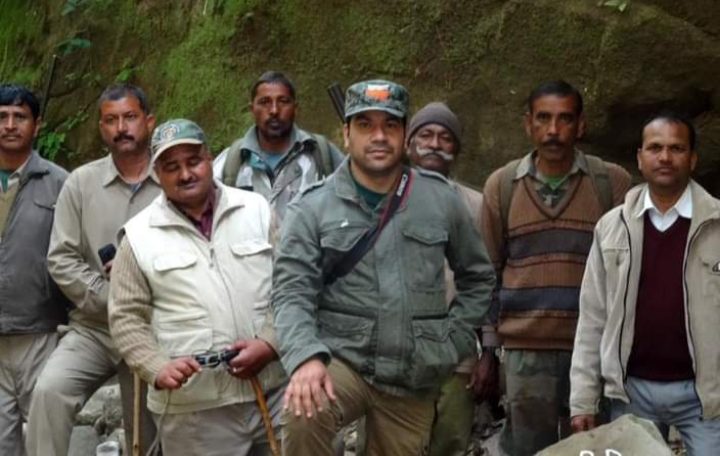
Keeping this in mind the Dr. Badola & his team developed identification tools. First one was for turtles & tortoise, another one was for seashells and the latest is for owls. The tool gives 360 degree information about each species in every group including their characteristics & scientific names.
IMPACT
Talking about the impact of the tool the Dr. Badola said, “Other than correctly identification & seizure of the wildlife on spot, the tool has been a success in lot other ways. It has helped in spreading awareness among the agencies which are not directly involved in wildlife protection but tackle the trading cases on a daily basis.”
These tools have also reduced lot of time for moving on to the next step after the seizure. For example, if the animal has to be released in the wild after the seizure, the process used to get delayed because of the identification process, he told Indian Masterminds.
With an enhanced awareness about protected species, reporting of animal trafficking in some national park earlier has also increased.

